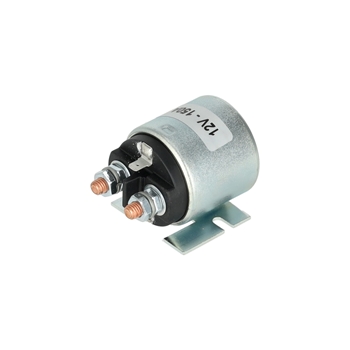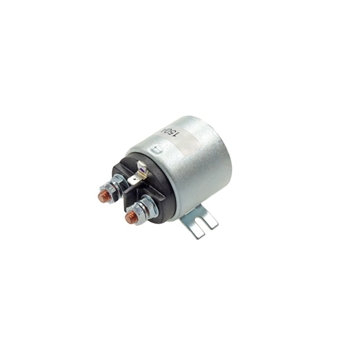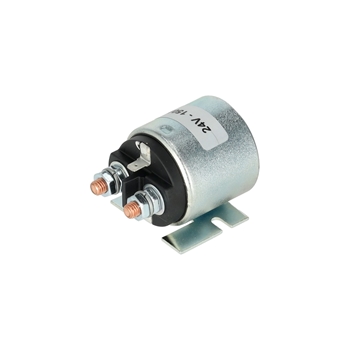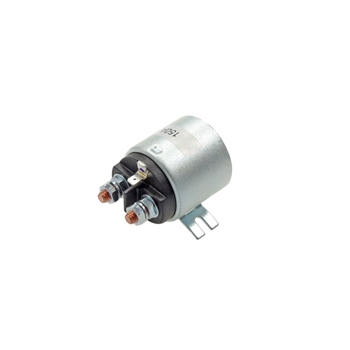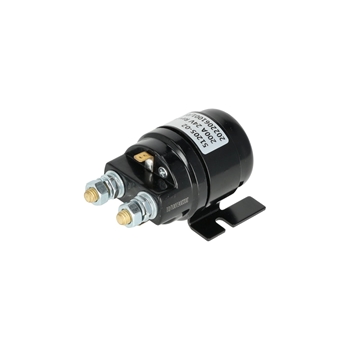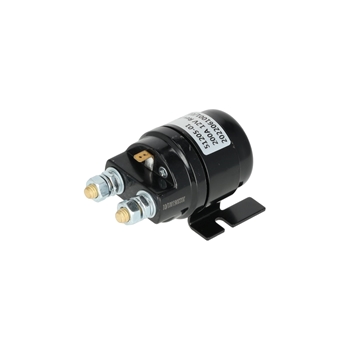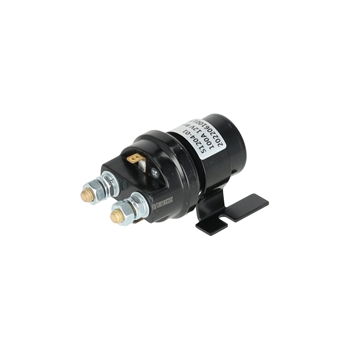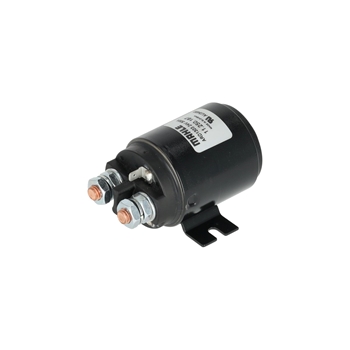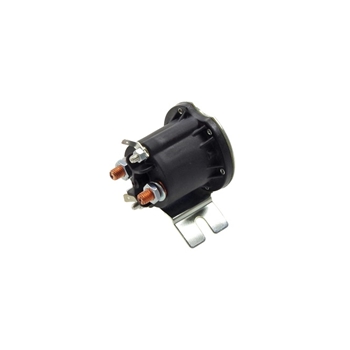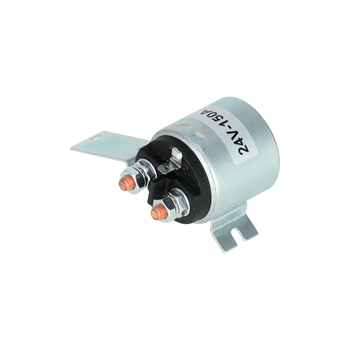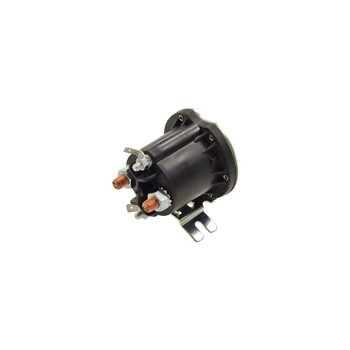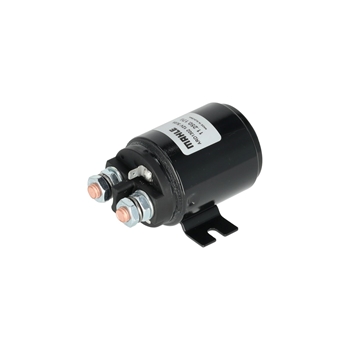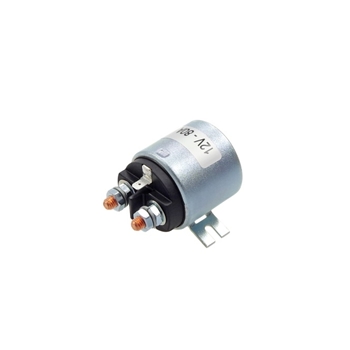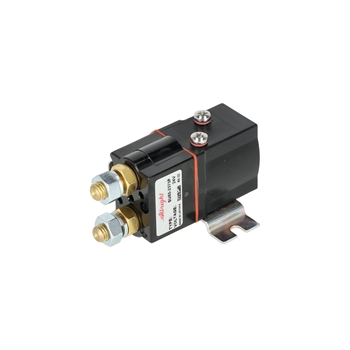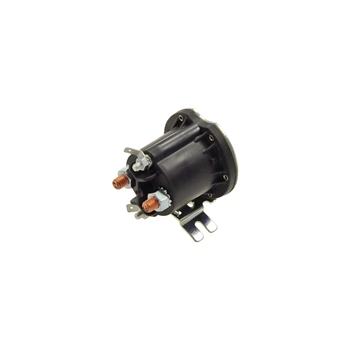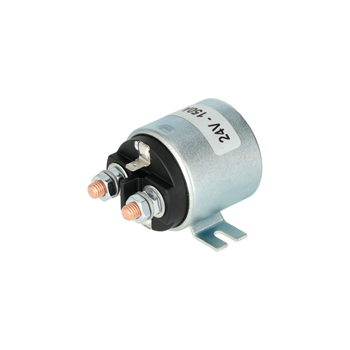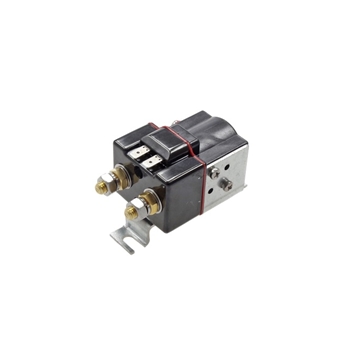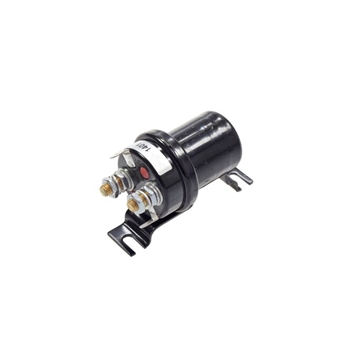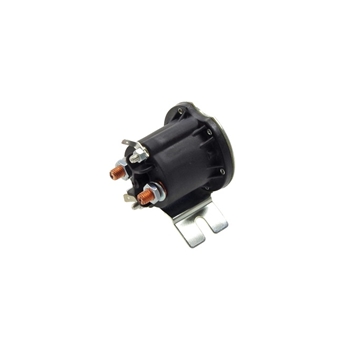Power relays for tail gates and lift gates – Switching power meets precision
In professional transport operations, reliability, safety, and precise control are essential in every situation. Whether loading or unloading heavy goods or operating under changing conditions, every tail gate and lift gate depends on a perfectly tuned electrical system. This is where power relays take on a central role. They are the invisible heroes of control, ensuring that every electrical impulse is executed precisely. Without them, even the most advanced lift gate would come to a stop. At SULEJ Ladebordwand, we know from years of experience that a dependable relay determines operational safety, service life, and efficiency of the entire lifting system.
Starter relay – The control center of every truck tail gate
Every tail gate operates through the interaction of mechanics, hydraulics, and electronics. While the hydraulics and mechanics handle motion, the starter relay manages precise control of these processes. As a central switching unit, it connects the control panel with the high-current circuit, switching motors on or off while protecting sensitive electronics from voltage spikes.
The result: The starter relay ensures that mechanical, hydraulic, and electrical systems work together harmoniously. It stabilizes current flow, protects the control electronics, and enables smooth, controlled platform movement. This keeps the lift gate reliable, precise, and efficient – even under continuous operation.
More than just a switch – The role of magnetic switches and power relays in detail
A magnetic switch or power relay is an electromagnetically controlled high-current switch. A weak control signal from the operator panel activates a coil that generates a magnetic field. This magnetic field pulls a contact closed, completing the high-current circuit so the lift motor receives power to raise or lower the platform. This indirect switching method protects the sensitive control system from power surges and ensures safe, stable platform operation. It creates a durable, low-maintenance link between control unit, electric motor, and hydraulic system.

